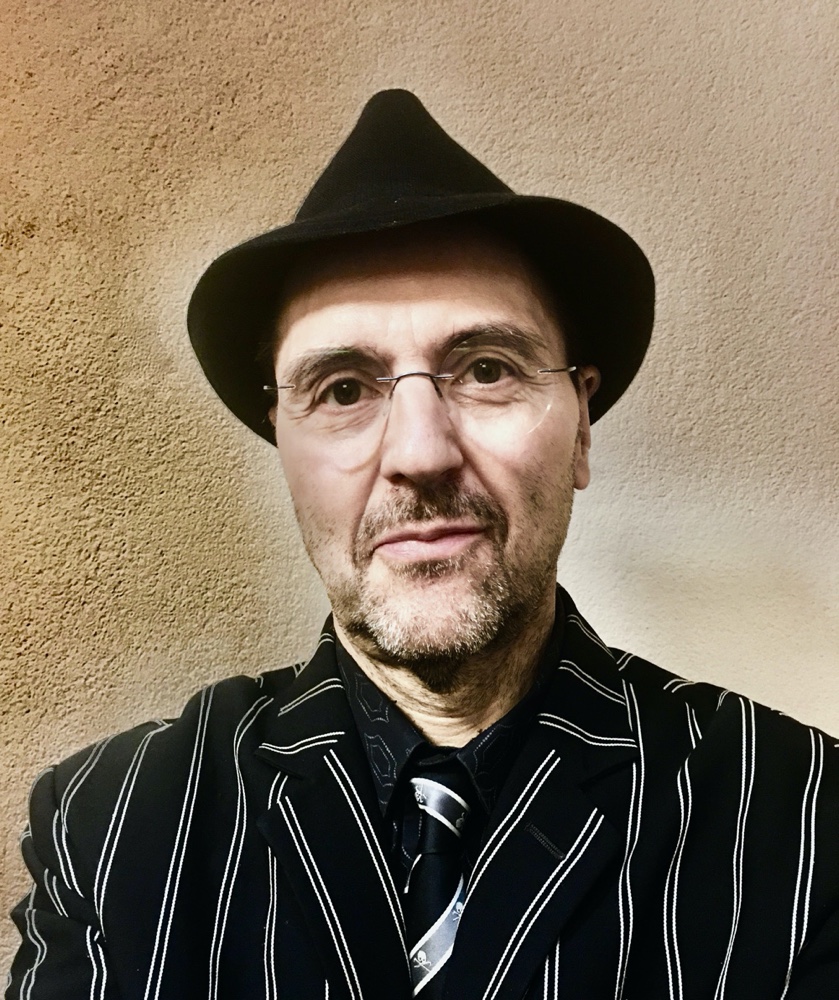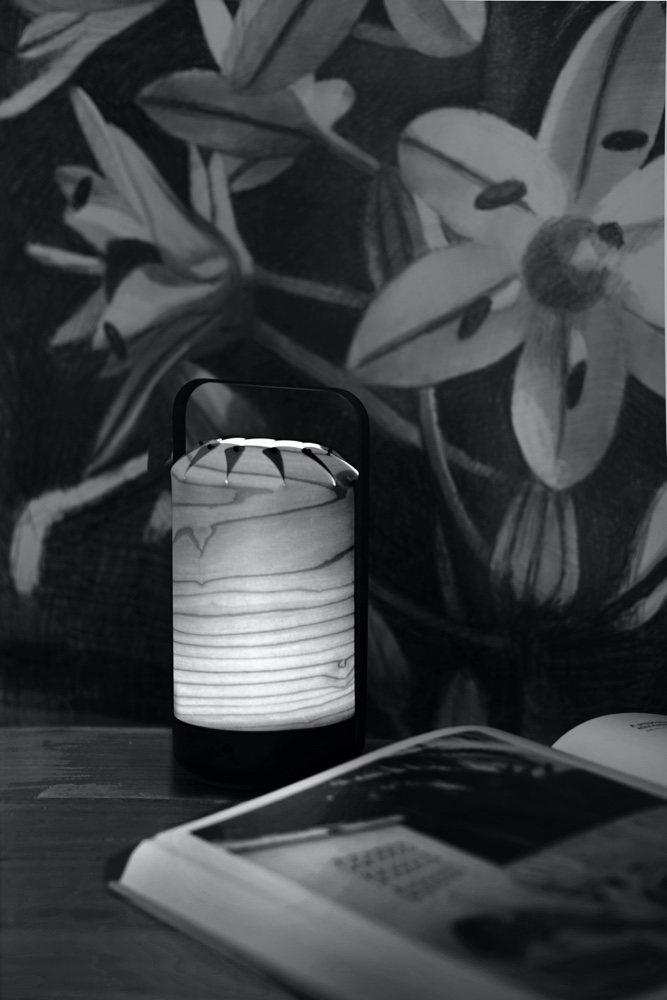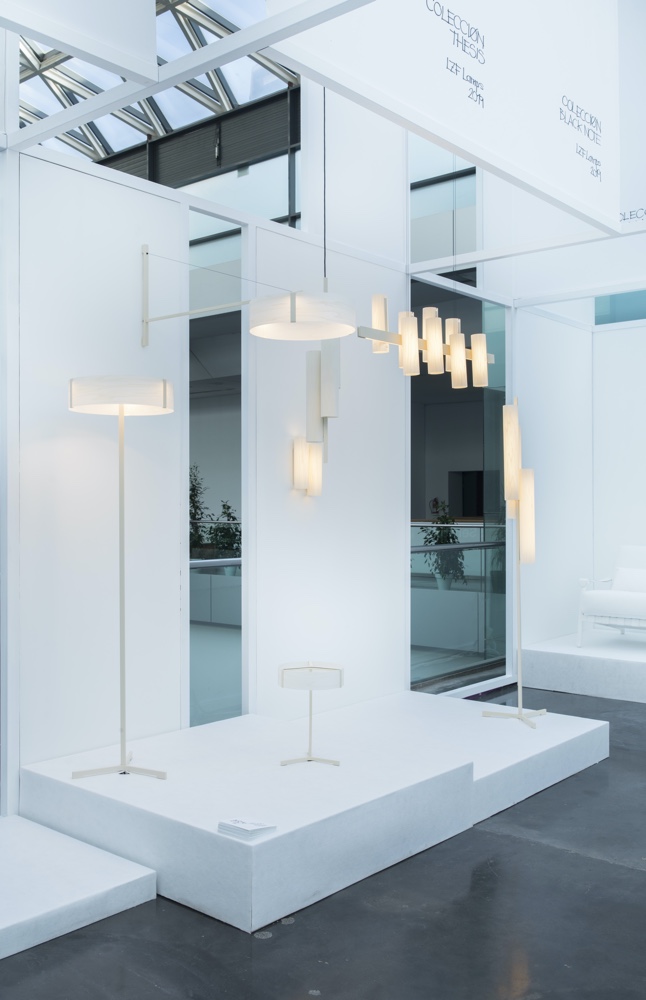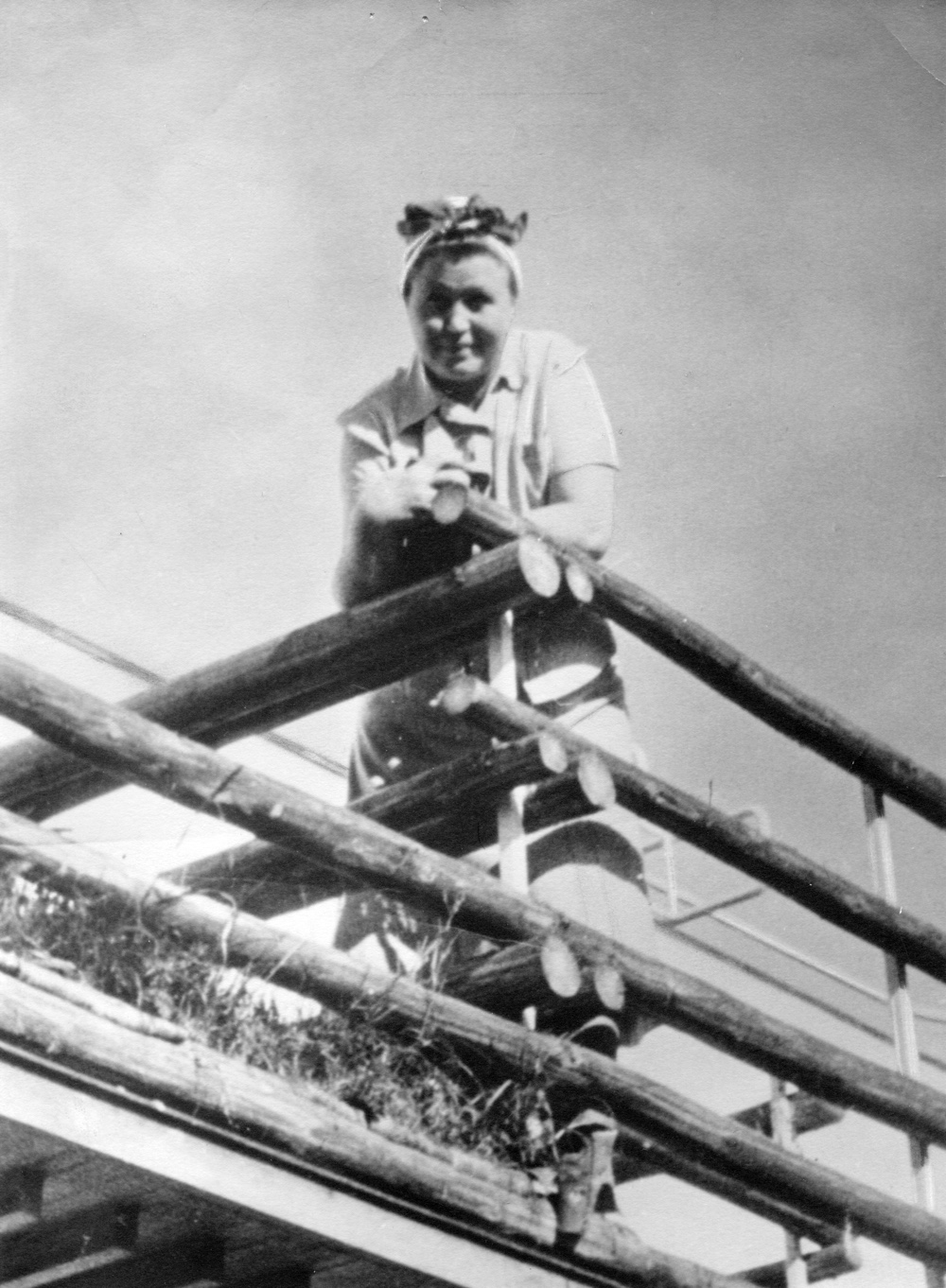Founded by José Manuel Ferrero, estudi{H}ac was conceived as a design atelier, one specialising in a tailored range of design, interior and architectural projects. A keen traveller, Ferrero is inspired by Phileas Fogg, the protagonist in Jules Verne’s 1873 novel Around the World in Eighty Days. He believes Fogg’s creativity and ingenuity is fundamental to the creative process behind estudi{H}ac. Ferrero is very fond of English style, culture and humour, and particularly admires the tailors on London’s Saville Row. A ‘design gentleman’, for Ferrero design is a lifestyle that keeps him fully active as a creative individual. This is his first collaboration with LZF.

A Q&A with José Manuel Ferrero of estudi{H}ac
Tell me about your relationship with LZF. What does LZF mean to you?
I have known Mariví Calvo and Sandro Tothill for more than fifteen years. They are very much two-in-one and the soul of LZF. I have admired LZF ever since I began studying design. The company has always been a reference point for me, because it conveys the values and passion that I appreciate in design. I love LZF’s constant energy, its commitment to being different and its ability to create a unique world from its own business perspective. To work with LZF is a dream come true.
estudi{H}ac has designed a new lamp for LZF. I’m curious about the design process—how did you come up with this particular model?
My challenge was to come up with a concept that was characteristic of LZF Lamps—this was the starting point when designing the new Skyline lamp.
My idea was to introduce new materials that when combined with wood, could create interesting optical effects. Using sheets with different dimensions, textures and degrees of opaqueness, we generated a series of mood boards in order to look at various material combinations—much like a palette of materials used in an interior project, but translated into a lamp. During the lamp’s technical development and when deciding on the best options for materials, we arranged the lamp in a skyscraper format, with the perspective of a large city.
You describe estudi{H}ac as a design atelier, offering design to visionary customers looking for tailored elegance. Could you say more about this.
I founded estudi{H}ac in 2003 in order to give life to the never-ending assortment of ideas I had in my head. For me, design is a way of life—my mind is in a continual state of creative activity. I pour my passion into every job from the outset and there are several elements that I expect of any project: discreetness, elegance and immense creativity.
The British word ‘bespoke’ is the principle that governs each of my new designs. I have a great admiration for the tailors of London’s famous Savile Row and that passion for detail and shape, materials and textures, that work together to embody the essence of made-to-measure design.
Valencia has announced its campaign for World Design Capital 2022. It may be Spain’s third largest city, but Valencia is very much a centre of creativity. In your view, what lies behind the city’s great design potential?
We’re at a stage in Valencia where design is very much valued, both creatively and technically. The city is home to a large collective of designers and companies that offer an immense level of design and creativity internationally. There is work and collaboration between national companies and Spanish designers, as well as international companies with a focus on Valencia’s design scene.
In Valencia, designers and companies place a high value on good design and work that is created in the city. There is much potential, both obvious and hidden, that can bring projects to an international market, helping to ensure Valencia can be the World Design Capital 2022.
What are your thoughts on Spanish design and its place in the wider design world?
Spain has always had very strong companies, from an economic, industrial and technical perspective. Now, we are seeing new links created between companies and designers with the goal of offering a differentiated, emotional and high quality product. The commitment to Spanish design and technology is certain to bring about success. Indeed, we have many companies and designers offering spectacular products and services, that have gained worldwide recognition.













